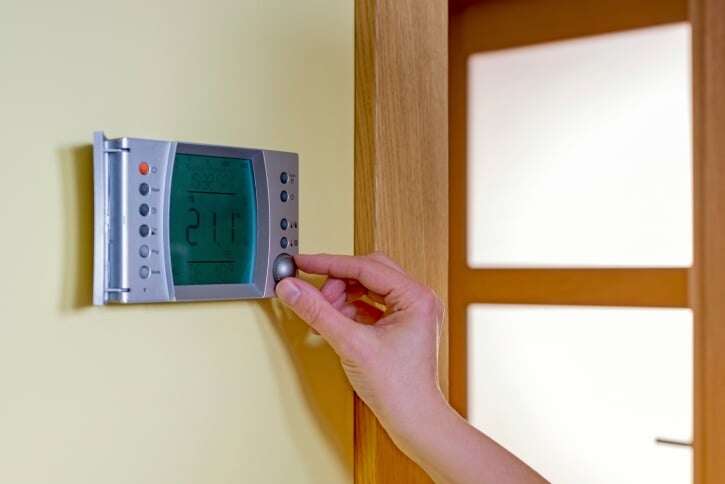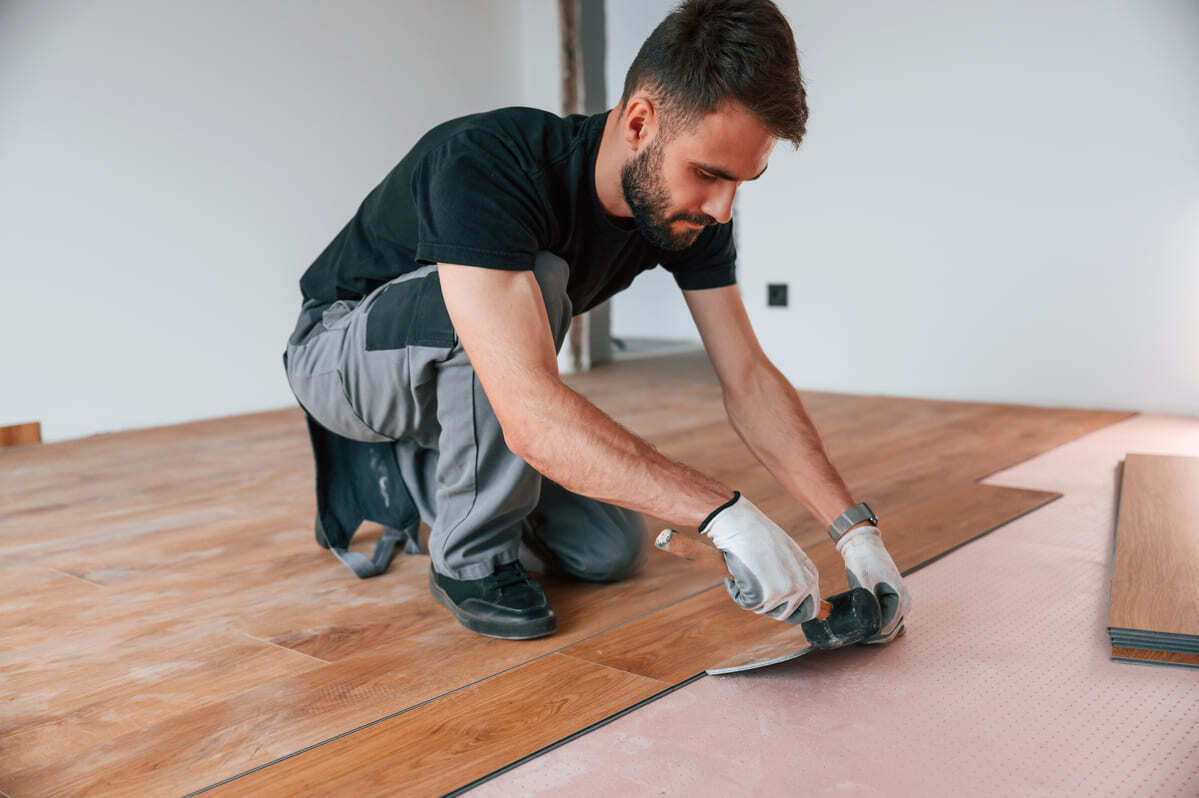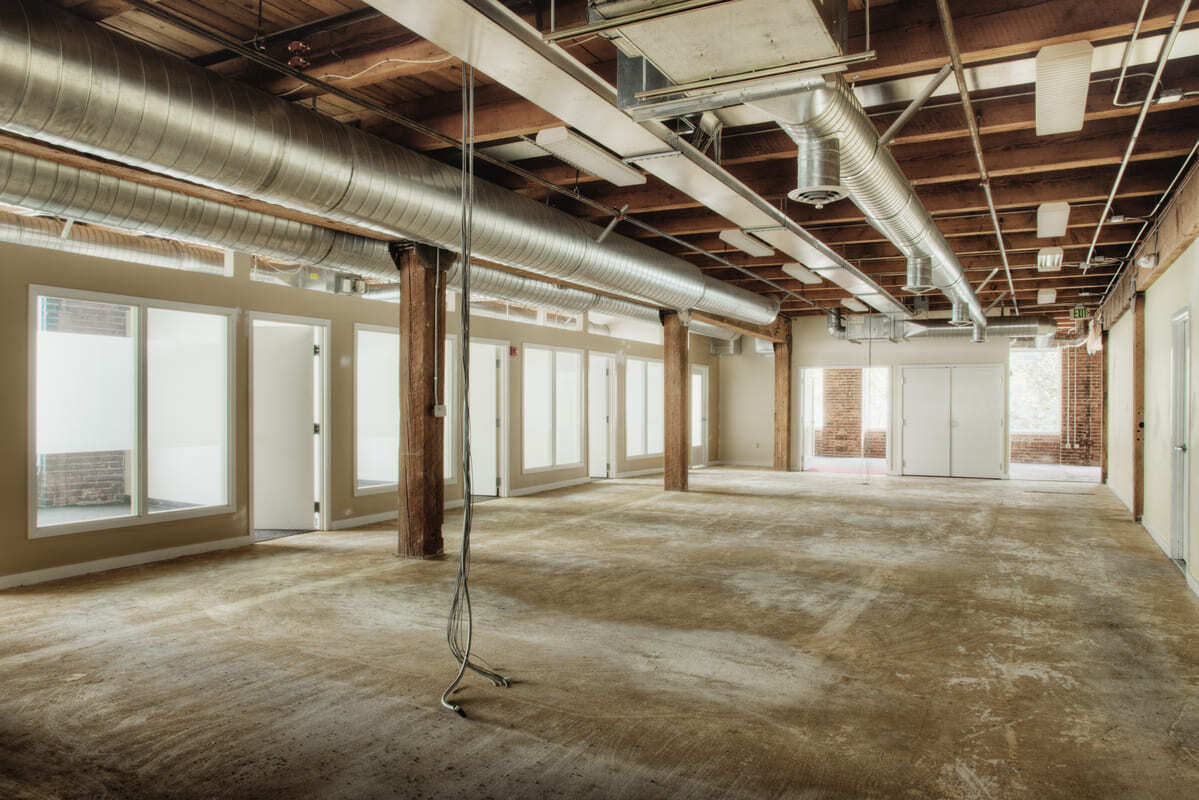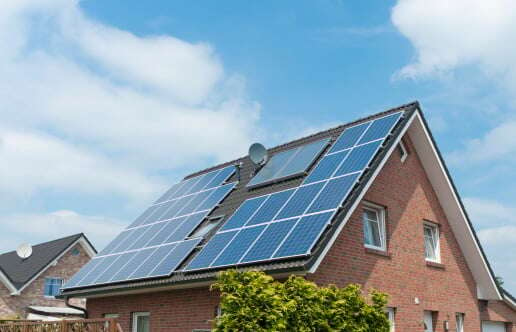 If you've said it once, you've probably said it a dozen times about your home: “It was like that when we bought it.” Such are the decisions that we inherit from previous owners and especially the builder of our home. While some decisions are irreversible, some quizzical and even unwise decisions can be easily altered, including a poorly placed thermostat that inihibits your heating and air conditioning system from doing its job.
If you've said it once, you've probably said it a dozen times about your home: “It was like that when we bought it.” Such are the decisions that we inherit from previous owners and especially the builder of our home. While some decisions are irreversible, some quizzical and even unwise decisions can be easily altered, including a poorly placed thermostat that inihibits your heating and air conditioning system from doing its job.
How do you know if you should relocate your thermostat? This is one of those questions that requires a bit of a round-about answer.
First, size up two big clues: Is your internal thermostat so out of sync with the reading on your thermostat that you're constantly jumping up to make an adjustment? Or do you notice your air conditioner or furnace turning on when it really doesn't need to?
From clues, we turn to recommendations from the U.S. Department of Energy. It says that thermostats should be installed “away from heating or cooling vents and other sources of heat or drafts (doorways, windows, skylights, direct sunlight or bright lamps).”
Let's isolate some definite poor choices and explain what conditions render them so:
Location: Near the kitchen
Why it's a poor spot for a thermostat: Between the stove, oven, indoor grill and any other appliance you fire up on a regular basis, your kitchen – and the area around it – is probably the warmest region in your home. Installing a thermostat anywhere near the kitchen is almost a guarantee that it will read the temperature in your home far warmer than it really is. And this means you probably won't feel comfortable at any time of the year.
Location: In direct, prolonged sunlight
Why it's a poor spot for a thermostat: The key word here is “prolonged” because chances are that unless your thermostat is secured under a floor board, the sun will probably shine on it at some point during the day. If your thermostat is located in a room with either eastern or western exposure – meaning that it gets full sun early in the morning or late afternoon – pay special attention to your comfort level as well as how often your heating and air conditioning system turns on.
Sunlight might cause your thermostat to “read” a temperature that is actually 10 degrees higher than it actually is. Therefore, just like a thermostat located near a kitchen, a thermostat in a prolonged sunny spot may trigger your air conditioner to turn on when it's not needed and your furnace to stay off when you crave the warmth.
Location: In other (sometimes deceiving) warm areas
Why they're poor spots for a thermostat: You're getting the idea: hot spots interfere with the thermostat taking an accurate reading of your home's general temperature. But survey the area around your thermostat carefully. Some examples of "warm" areas include a thermostat above a TV and heat register, right next to a lamp or too close to a fireplace.
Location: Near doors and windows
Why they're poor spots for a thermostat: Even if your doors and windows are sealed and insulated, you probably open them frequently, which would make your thermostat susceptible to picking up “ghost” readings from the temperature outdoors.
Location: In a hallway
Why it's a poor spot for a thermostat: Many homeowners – and even builders – mistakenly think that hallways are “safe” locations for thermostats because they're generally removed from a home's hot and cool zones. But this is exactly what makes hallways a poor choice.
A thermostat is designed to pick up and respond to the “real feel” temperature of a home, and a hallway with somewhat restricted air flow usually falls short of the mark. In addition, thermostats located in hallways are more likely to be bumped, jarred and even knocked off the wall as people pass by.
To some extent, thermostat placement is a process of elimination – or eliminating the obviously poor locations until you find the best one. Your thermostat should be located near where you spend most of your time – ideally on an interior wall, near the center of your home – so that it picks up median but accurate readings.
Experts In Your Home can relocate a thermostat that hangs in an obviously poor spot or move a hard-to-reach or out-of-the-way thermostat to a more convenient location. Contact us today and let our local Chico experts get your heating and air conditioning sytem working to its full potential.








